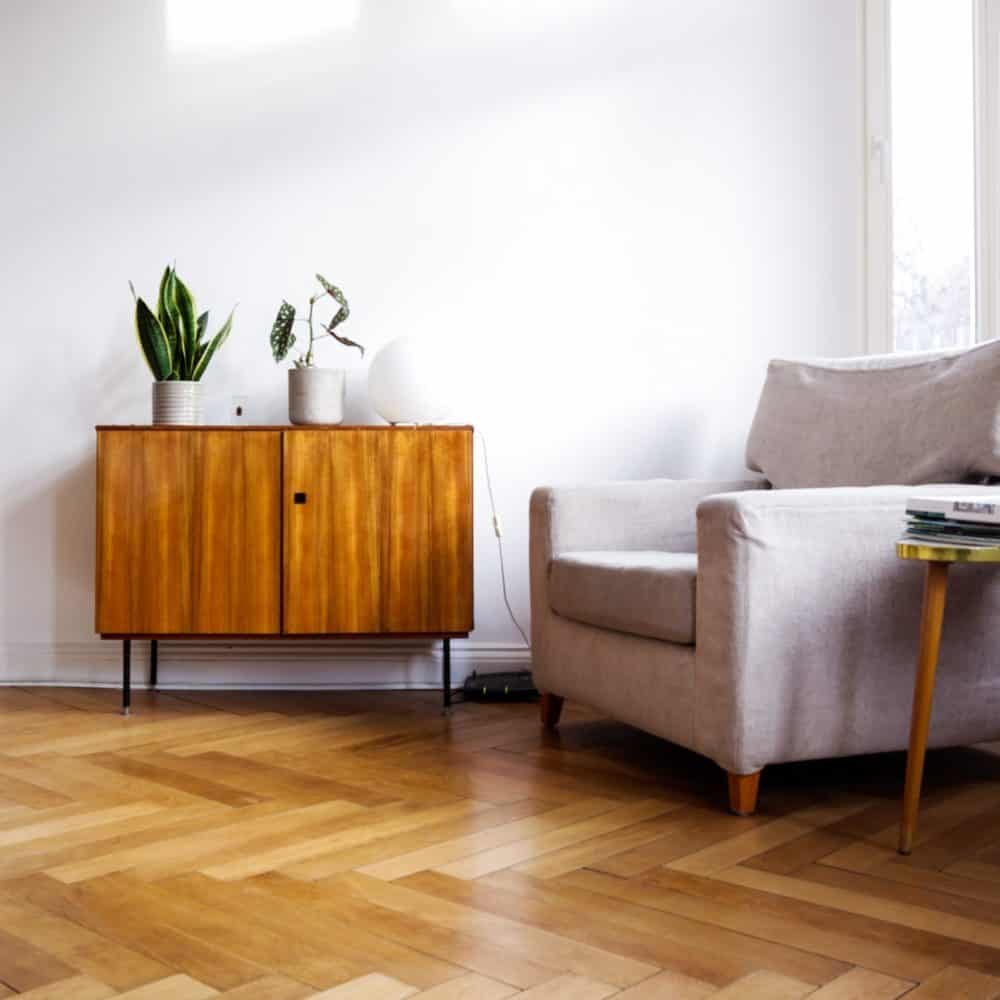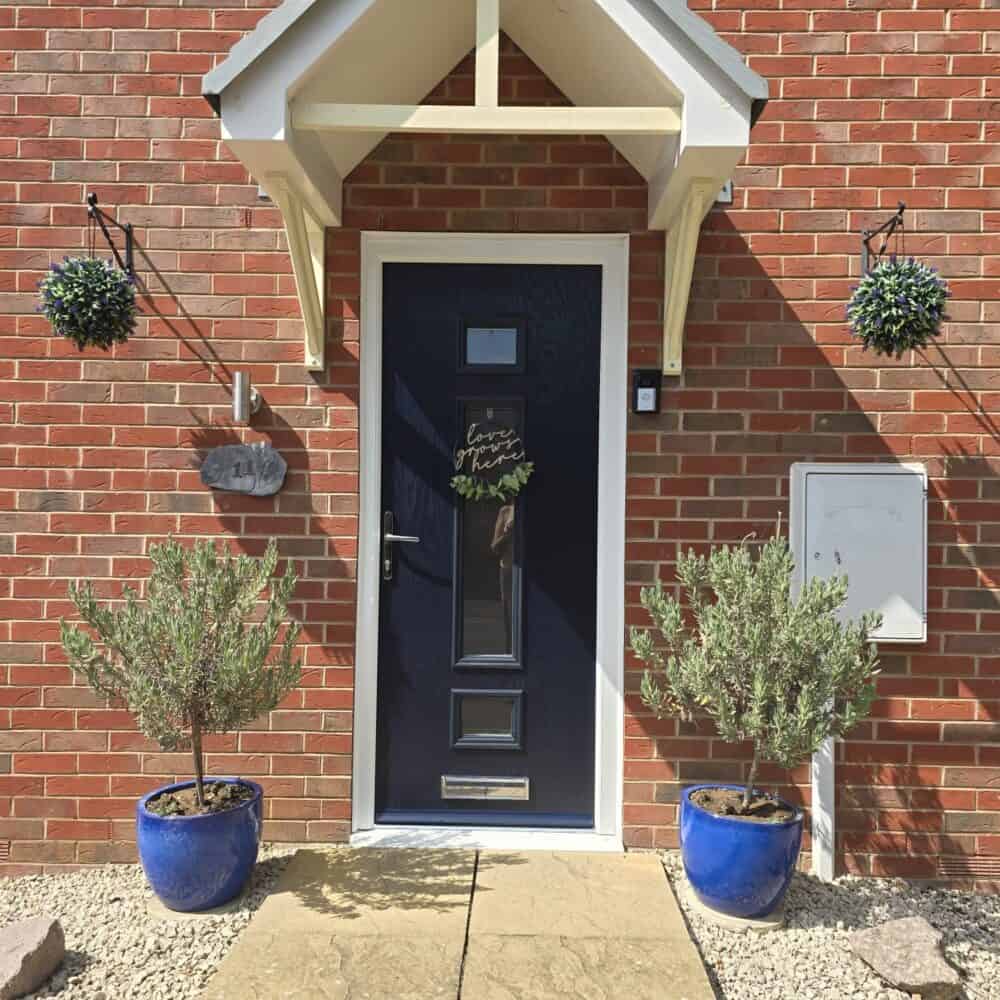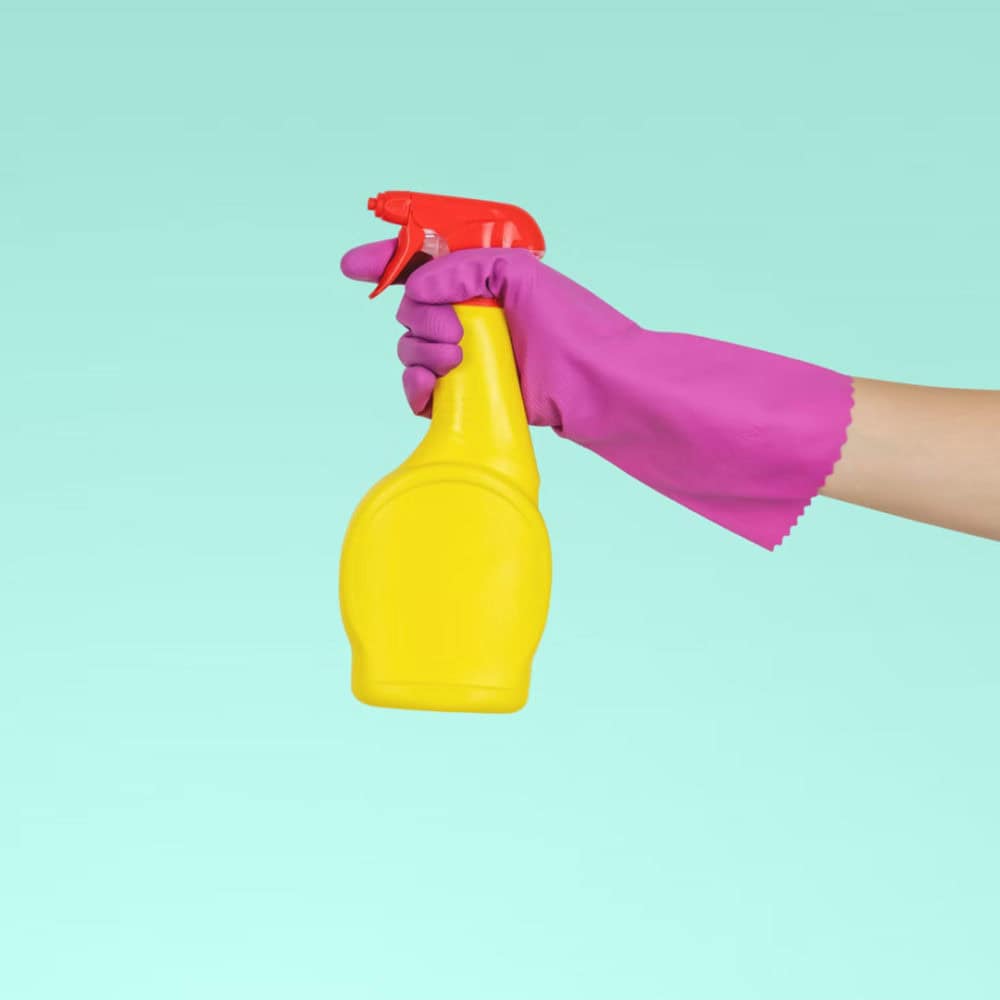How to Prep Your Home for Seasonal Allergy Relief
Table of Contents
The best time of the year is when spring or summer start making their entrance, up to the point where your nose is twitchy, your eyes are watery, and your sinuses are throwing a fit. For anyone who’s had to endure seasonal allergies, warmer weather is a double-edged compromise. You want to have open windows and fresh air, but without the cost of turning your domicile into the sneeze zone.
The good news is you don’t have to live in a bubble to feel better. Some prudent changes in the home can take the edge off and even keep your environment feeling cleaner, fresher, and cozier through allergy season. It’s not being spotless. It’s being smart.
Start From the Surfaces You Don’t Usually Think Of
You see the dust on the shelf, but how frequently do you dust the top of the door frames? Behind the telly? Allergies are sneaky. They float in through the open windows, cling to your shoes, and fall on the places we never do look. Start off by picking a room and giving the whole thing a good once-over, especially the places you tend to overlook. Use a damp cloth for the surfaces; it gathers the dust instead of kicking it back into the environment.
Floors are a Bigger Deal Than You Realize
You’ve got carpets; they’re welcoming every pollen grain, pet hair, and intangible allergen that’s ever floated by. It’s like a welcome sign for sneeze-makers. Vacuuming is obviously necessary, but the how is where it’s at.
Use a vacuum cleaner with a HEPA filter. They’re the best for catching fine stuff like dust mites and pollen rather than blowing them straight back out into the environment. And yes, take your time. The slower the pass, the more the vacuum gathers. Take your rugs out the door and give them the ol’ drum. Bare floors? Microfibre mops are your friend; they’re better than dry sweeping, which just ends up redistributing the dirt again.
Open Windows… Sometimes
You’re tempted to throw open all the windows on a sunny day. But if the pollen’s high, you may as well ask the enemy in for tea. If you rely on fresh air to stop the rooms becoming stale, open the windows in the early morning or after dinner when the pollen’s generally low. Leave interior doors open to let the breeze through, and consider using fans to reverse the direction of the breeze without introducing extra irritants.
Filter the Air You’re Breathing
Just because your home is tidy doesn’t mean there’s absolutely nothing in the air to fret about. That’s where the air purifier fits in. You don’t have to equip every single room in the home to the nth level, but having one in your bedroom or family space can certainly do some good to stop allergens. Make sure your unit is outfitted with the true HEPA filter, a genuine true HEPA, not an “HEPA-type.” There’s a giant difference in performance. And don’t forget to change your filters regularly (both in your purifier and in your central heating/cooling system of choice). A dirty filter is worse than having no filter.
Others also consult tools like the Radon map of UK while taking into consideration the quality of the air if they are already sensitive to indoor pollutants. It’s just another layer to use to keep your household healthier.
Don’t Let Laundry Work Against You
Ironically, the clothes you put on to protect yourself from the external world may carry allergens directly into your own home. If you’ve had to go out when the counts are heaviest, change when you’re home, and don’t change into something comfortable out of habit.
Simply put outdoor garments straight into the laundry basket and try never to hang garments outside to drip dry on high pollen days.
Treat Your Bedding to Some TLC
You spend one-third of your life in bed. That’s not poetic license; that’s the real reason you deserve clean, allergen-free bedding. Wash sheets in hot water once weekly (60°C+), and don’t forget to wash your pillow and duvet covers frequently, too. If you’ve never washed your actual pillows, perhaps the label is whispering to you, and it’s time for a spin.
Plants: Friends or Frenemies
The plants are pretty and peaceful, but they aren’t made the same for allergy patients. Some, like ferns and peace lilies, have the habit of producing mold or harboring dust. You don’t need to landscape your home like the desert. You just need to be choosy.
Opt for low-pollen plants like snake plants or palm plants, and dust the leaves regularly. It’s also best to err on the dry side of things instead of maintaining the soil moisture to prevent the mold from taking root. If the plant is causing you to sneeze whenever you walk past, then perhaps the time is near for a nice split.
Pets and Allergies, Yes, They Can Coexist
We love them, but pet fur is downright allergy-triggering. It’s not the fur but the dander, the saliva, and the pollen they carry on the fur. If you can’t rehome them (and let’s be real, you can’t), then the issue is daily grooming and limited access to certain areas, the bedroom being the priority.
Baths are okay, but they don’t even have to be weekly unless your vet advises them. Grooming out is also excellent to keep loose fur and allergens out of the air in the home. And if you are extremely affected, HEPA filters and purifiers are going to be your buddy.
Watch the Humidity
If it’s too humid, you’re in mold and dust mite heaven. Too dry? Irritated sinuses don’t like dry air. Strike a balance, around 40% to 50% humidity. You can use a dehumidifier to great effect in squelchy areas like basements or bathrooms. If you live in a dry house, you could try using a humidifier to soothe irritated nasal passages; just don’t let the thing get dirty. Mold in the humidifier is the fastest way to escalate the situation.
Make It a Habit, Not a Hassle
The key to allergy-proofing your home is to do it within your daily routine. Cleaning the skirting boards as you do your weekly tidy circuit. Changing pillowcases mid-week if you’ve been going out frequently. Keeping wipes near the door to give shoes or paws a quick once-over. We all do little things in the end, but, done frequently, they’re so much better than the ultimate tidy once every three months.



